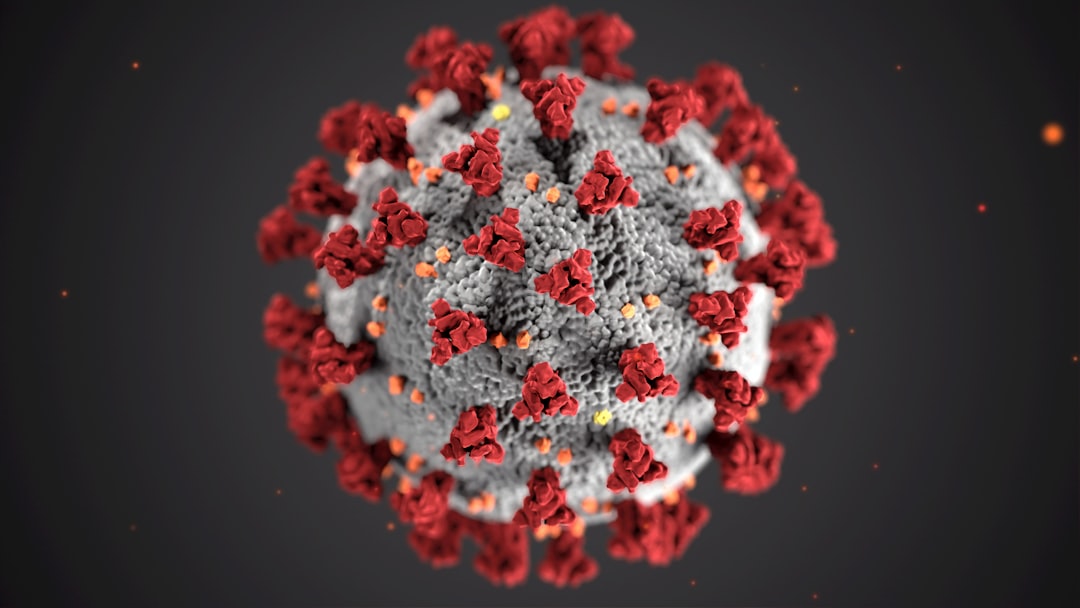What is it about?
We show that brain development in humans and other primates is is closely linked to skeletal development, a finding that creates new opportunities for studying the evolution and development of the human brain. We were surprised to find that the changes in bone structure during growth and development in different species did not follow changes in the size of the body or indeed the size of different bones. Instead, we saw that age-related changes in bone structure actually corresponded to the maturation of the brain. This connection seemed arbitrary at first, but we quickly realised that the brain of course controls the movement of the rest of the body. These movements subject bones to different forces to which they adapt by adding more bone. This provides a causal mechanism linking the development of the brain to the development of locomotion, and, in turn, to the development of the skeleton.
Featured Image

Photo by Mathew Schwartz on Unsplash
Why is it important?
The close connections between brain development, locomotion, and bone development offer some exciting new ways to understand the evolution of some key human characteristics. By looking at bone growth and development in our fossil relatives we will be able to determine at which age their infants were able to move around by themselves, how quickly their brains and locomotor ability developed, and if they still used their upper limbs to climb trees like modern apes, or were permanently tied to the ground like modern humans. The paper is important because it reminds us of the interconnected nature of biology. By studying variation in one part of the body, the musculoskeletal system in this case, we can infer much about associated changes in the nervous system. Examining evolutionary trends in bone structure allows us to also learn new things about the evolution of aspects of the nervous system that, unlike bones, do not fossilize. This opens up completely new possibilities for studying the evolutionary history of our species.
Read the Original
This page is a summary of: Trabecular bone ontogeny tracks neural development and life history among humans and non-human primates, Proceedings of the National Academy of Sciences, December 2022, Proceedings of the National Academy of Sciences,
DOI: 10.1073/pnas.2208772119.
You can read the full text:
Contributors
The following have contributed to this page










